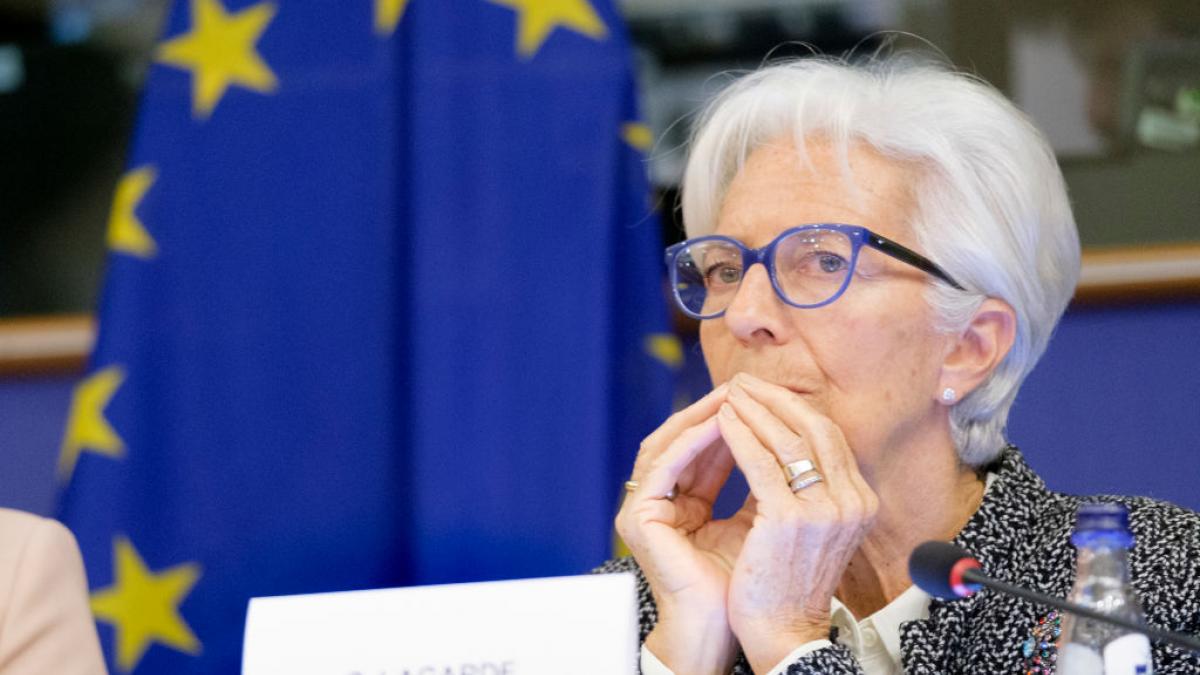The European Central Bank’s latest move tells a clear story
The European Central Bank is right not to over-react to recent banking problems.

At its 16 March 2023 meeting, the European Central Bank’s Governing Council stuck to its promise to raise interest rates by a full 50 basis points. This was the right thing to do. By not listening to the voices advising a 25 basis points or no increase at all, ECB President Christine Lagarde told a clear story: recent banking problems in the United States and Switzerland are not serious enough for the ECB to change plans. A more timid move could have backfired, sending a message that the financial situation is serious enough to require backtracking on the 50 basis point pre-announcement.
Of course, Lagarde recognised that recent events, relating for example to SVB and Credit Suisse, aggravate uncertainty. She eliminated any remnant of forward guidance, stressing the “data dependent” approach to monetary policy. She did say there is more ground to cover to get back to the 2% inflation target, but was vaguer than previous statements. The dovishness was justified: how could the ECB stick to any forward guidance in such an uncertain situation?
The ECB’s conclusion that recent banking events are not, as yet, overly troublesome is borne out by two factors. First, problems at SVB and Credit Suisse were caused by issues specific to those banks. Second, the Fed, the US Treasury, the US Federal Deposit Insurance Corporation and the Swiss National Bank have already done much to calm the situation. The agreement between leading central banks to stage daily auctions of dollar liquidity through swaps, and the purchase of Credit Suisse by UBS, should also help. In an action reminiscent of the actions of Pierpont Morgan in 1907, large American banks, prodded by J.P. Morgan bank, also provided financial support. And Lagarde said the ECB is willing to intervene, if needed.
However, what should calm tensions in the short term could engender problems in the long term. By offering the prospect of bail-out, central-bank interventions staving off a financial crisis could embolden banks to go further in lengthening the maturities of assets funded with short-term liabilities.
Lagarde was less convincing when she stated that “there is no trade-off between price stability and financial stability,” and the latter can be dealt with using specific tools. This statement recalls the ‘separation principle’ emphasised by the ECB at the beginning of the Great Financial Crisis: interest rates are assigned to price stability; liquidity policy is assigned to financial stability.
This is the mantra all central banks have repeated since the dawn of time. Draghi used it when he was ECB President, Yellen used it when she was heading the Fed, and Lagarde uses it now. It’s not always true, but it’s the only thing they can say. It is, for example, entirely conceivable that a situation could arise in which liquidity tools are insufficient to deal with financial instability and a dilemma thus arises: a change in the path of interest rates is needed for financial stability, while the opposite is needed for price stability. This is not the case now when there is not clearly a generalised banking problem, and even less a sovereign bond and economic crisis. But if things deteriorate more than currently expected, the dilemma between financial and price stability could emerge.
Further adding to current uncertainty is opacity in the non-bank financial sector. Banks have fragile structures: they borrow short and lend long, which is why they are so heavily regulated and monitored. But this very fact has incentivised an increase in financial intermediation by non-bank institutions, which have grown much more than banks since the financial crisis. That they do not have direct access to the central bank adds to concerns, as shown by the difficulties the Bank of England had in intervening to deal with the crisis in pension funds after the United Kingdom’s September 2022 so-called mini-budget.
In conclusion, recent banking events have further complicated the job of central banks. So far, central banks have had to balance doing too much, and undermining economic activity, against doing too little, and not returning to price stability. Now they must also take into account financial stability, moving from a dilemma to a trilemma.



